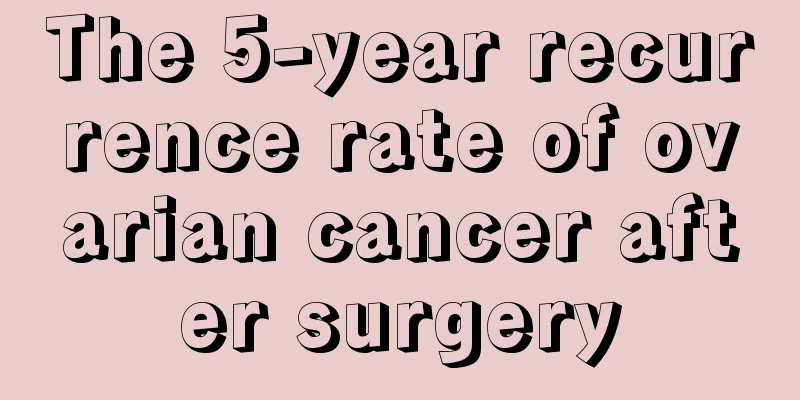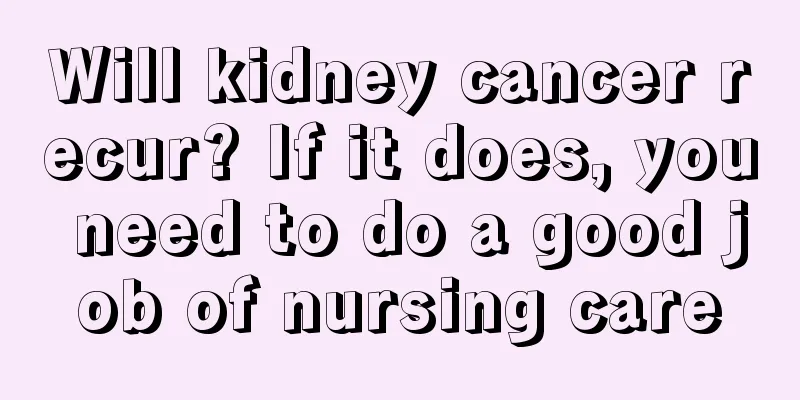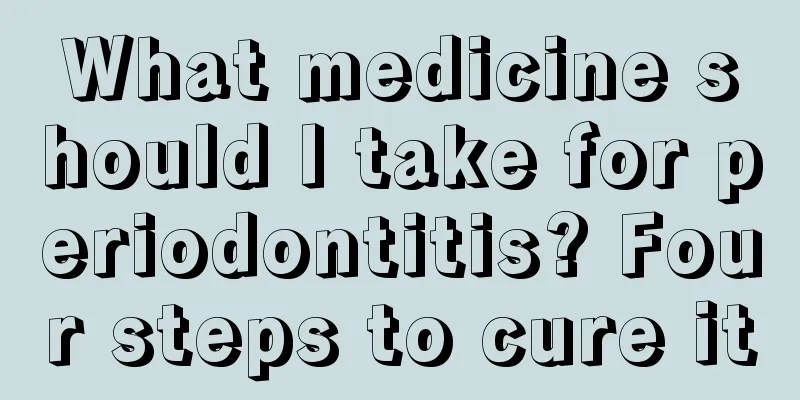It hurts if you press the middle of your belly button

|
The area where the belly button is located corresponds to the human intestine. If there is a lesion in this area, it is easy to cause pain. Some pain is directly manifested, while others are painful when pressed. There are many possible reasons why it hurts when you press the center of your belly button. You can learn about other symptoms of these diseases and make a comprehensive judgment. So, why does it hurt when you press the center of your belly button? What are the causes? When there is local inflammation in the intestine, pressing it will cause pain. The gastrointestinal tract is the largest immune organ in the human body and also the largest detoxification organ in the human body. The gastrointestinal tract refers to the digestive tract from the pylorus of the stomach to the anus. The intestine is the longest section of the digestive tract and also the most functionally important section. General inflammatory gastrointestinal diseases Acute gastritis Acute gastritis is an acute inflammation of the gastric mucosa caused by different causes. Severe lesions may involve the submucosal layer and muscular layer, and even reach deep into the serosa. Clinically, it is divided into acute simple gastritis, acute erosive gastritis, acute corrosive gastritis, and acute suppurative gastritis according to the different causes and pathological changes. Among them, acute simple gastritis is the most common clinically, while acute suppurative gastritis has become rare due to the widespread use of antibiotics. There are many factors that lead to the disease, including chemical or physical stimulation, as well as bacteria or their toxins. Chemical irritation mainly comes from spirits, strong tea, coffee, spices and drugs (such as salicylate preparations, indomethacin, phenylbutazone, glucocorticoids, etc.). Among them, acute corrosive gastritis is mostly caused by swallowing strong acids, strong alkalis and other corrosive agents. Physical stimulation such as overheating, overcooling, overly rough food and X-ray radiation can damage the gastric mucosa and cause inflammatory changes. Eating food contaminated by bacteria or their toxins is the most common cause of acute gastritis. Symptoms are mild, with only abdominal pain, nausea, vomiting, and indigestion; severe cases may include vomiting blood, black stools, and even dehydration, as well as poisoning and shock. Chronic gastritis Chronic gastritis refers to various chronic inflammatory lesions of the gastric mucosa caused by different causes. It is a common disease and one of the frequently-occurring diseases in the military. Its incidence rate ranks first among various stomach diseases. Since the widespread use of fiber endoscopy, the understanding of this disease has been significantly improved. Chronic gastritis often has a certain degree of atrophy (loss of mucosal function) and metaplasia, often involving the cardia, accompanied by loss of G cells and decreased gastrin secretion, and may also involve the body of the stomach, accompanied by loss of acid-secreting glands, leading to a decrease in gastric acid, pepsin and intrinsic factors. Chronic gastritis lacks specific symptoms, and the severity of the symptoms is not consistent with the degree of gastric mucosal lesions. Most patients are often asymptomatic or have varying degrees of indigestion symptoms such as upper abdominal pain, loss of appetite, fullness after meals, acid reflux, etc. Patients with atrophic gastritis may have anemia, emaciation, glossitis, diarrhea, etc. Some patients with mucosal erosion have obvious upper abdominal pain and may have bleeding. Upper abdominal pain, indigestion, hematemesis, black stools. Common symptoms include recurrent, irregular abdominal pain, pain that often occurs during or after meals and is mostly located in the upper abdomen, around the navel, and in some children the pain is not fixed. Mild cases may be intermittent dull pain or dull pain, while severe cases may be severe colic. It is often accompanied by loss of appetite, nausea, vomiting, and abdominal distension, which continue to affect nutritional status and growth and development. Patients with gastric mucosal erosion and bleeding are accompanied by vomiting blood and black stools. |
<<: Does focused ultrasound therapy hurt?
>>: It hurts to press the hard lump near the anus
Recommend
What are the dangers of varicocele
The dangers of varicocele should never be ignored...
What should we pay attention to when doing bilateral carotid artery ultrasound?
With the continuous advancement of technology, mo...
What are the hazards of hamartoma
It is easy to get sick but difficult to cure. Wit...
Can lymphoma infect family members?
Will lymphoma be transmitted to family members? L...
What is the reason for sticky mouth
A sticky mouth is what we often call dry mouth. G...
What causes red ears? It’s because of this!
Red ears are very common in life, and there are m...
What does kidney disease mean
In daily life, many people are diagnosed with kid...
Can I apply yogurt on my skin if I have skin allergies?
In case of skin allergies, you should not apply y...
Can rubbing ginger slices on the scalp help hair growth?
Ginger is a very common ingredient and condiment ...
How to remove the odor in the toilet?
Many friends are troubled by the odor in their ho...
What are the three parts of periodontal tissue?
From childhood to adulthood, teeth occupy a very ...
What is the cause of hypocalcemia cough
The problem of hypocalcemia should be taken serio...
Will renal hamartoma cause frequent urination?
Renal hamartoma generally does not cause frequent...
What should patients with dry socket avoid eating? Dietary taboos for patients
Dry socket is a severe pain that occurs 3-4 days ...
Brief introduction to the pathological characteristics of thyroid adenocarcinoma
In today's society, as people's pace of l...









